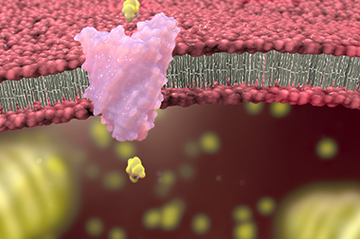Cachexia, Sarcopenia and Other Forms of Muscle Wasting: Common Problems of Senior and Geriatric Cats and of Cats with Endocrine Disease
Mark E. Peterson, DVM, DACVIM
Animal Endocrine Clinic, New York, NY/Bytown Cat Hospital, Ottawa, Canada
Overview
This presentation reviews studies that show that old cats, like dogs and humans, also develop muscle wasting due to sarcopenia, cachexia and metabolic diseases such as hyperthyroidism and diabetes.
Key points
- Muscle condition score (MCS) should be evaluated in every cat at every visit, in addition to the body weight, body condition score (BCS) and diet history because total weight loss is an insensitive measure of muscle loss.
- A preliminary survey of 20 cats with chronic kidney disease (CKD, IRIS stage 2 to 3) showed that each cat had some degree of muscle wasting, with 90% having moderate-to severe wasting. Muscle wasting from CKD-related cachexia can negatively impact survival time.
- In Peterson’s study of 462 untreated hyperthyroid cats, the cats’ median body weight (4.36 kg) was lower than the premorbid weight (5.45 kg) recorded one to two years before diagnosis.
- Both increasing disease severity and age were associated with a lower body weight, as well as a higher prevalence of low BCS (thinness) and low MCS (muscle wasting).
Clinical relevance
Hyperthyroidism and CKD are commonly diagnosed in aging cats. Better understanding the impact of muscle loss with aging and disease, can lead to recommendations for protein and calorie intake for senior pets that improve health care for cats.


